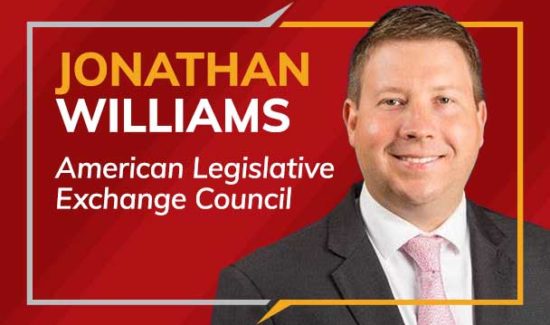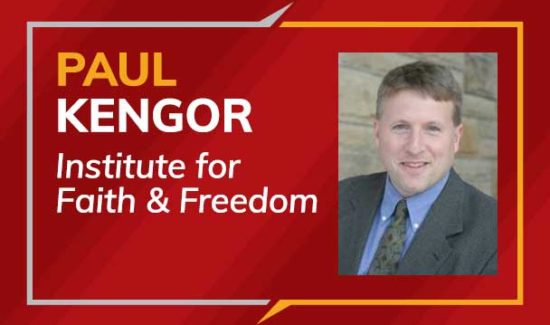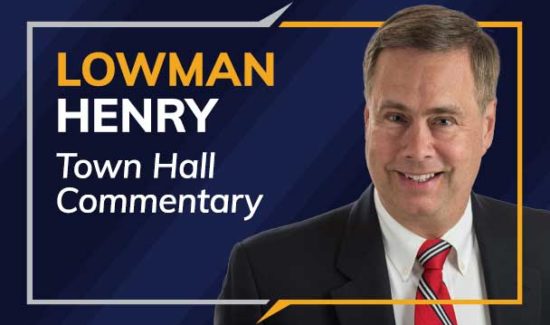Common Sense for Mayoral Candidates: Economic Development
Policy Brief
An electronic publication of
The Allegheny Institute for Public Policy
April 17,2009 Volume 9, Number 22
Economic development in the City of Pittsburgh has been driven by government subsidies and directives putting taxpayers (City, County and state) in the role of venture capitalist. This wrongheaded approach has produced minimal tangible economic benefits for the City. The City needs to abandon its long running love affair with government as developer in favor of a market-driven approach that encourages and relies on private initiatives and investment.
In a speech before the Pittsburgh Downtown Partnership, Mayor Ravenstahl claimed the City was undergoing another renaissance, basing that assertion on the number of large scale projects ($10 million or greater) receiving building permits in 2008. However, upon closer inspection and removing duplicate permits for several projects, the actual value of large scale permits was determined to be much lower than the figure quoted by Ravenstahl. Furthermore when broken into private, public, non-profit education and subsidized projects revealed that only one purely private project is being undertaken—the new casino. Moreover, the building permit value of the casino covers more than half of 2008’s total. The value of taxpayer subsidized projects and government-built projects accounts for more than one-third. Universities and hospitals, that in one form or another relies on government largess, round out the total.
Taxpayer subsidized projects have dominated the recent history of City development—from new sports stadiums to department stores to mixed use developments such as the PNC Tower. Very frequently, subsidies beget still more subsidies. For example the Lazarus Department Store was heavily laden with subsidies ($48 million) and failed completely to live up to City officials’ promises. It opened and closed five years later. The building sold at a deep discount and is currently finding new life as a mixed-use residential project—complete with tax abatements and additional taxpayer help via the City’s Urban Redevelopment Authority.
While the list of subsidized projects is long, their economic benefits are not. Lazarus did not revitalize the Downtown retail corridor. In fact one would be hard pressed to find any palpable of success from any of the subsidized developments that have taken place over the last decade. It’s also a safe bet that current economic development efforts, focusing on residential and mixed use developments, will also fall short of promised economic benefits.
Using City local services tax data (the $52 emergency services tax formerly known as the occupational privilege tax) a reasonable approximation of how many people work in Pittsburgh can be obtained. In 2000, 324,400 workers paid the tax while the most recent data for 2007 shows a decline to 315,130. And that number is undoubtedly being propped up by significant employment increases in the health and education sectors—which have not been the major recipients of the City’s economic development subsidies.
Furthermore the City’s tax base has not been growing despite the flurry of subsidized activity. The City’s real estate tax revenue has fallen since 2006 and is projected to grow by less than 1 percent per year over the next five years. Likewise the City’s budget is predicting little growth, about one and a half percent per year, in the earned income tax paid by City residents.
Common Sense Recommendation for Mayoral Candidates
#5: Mayor Should Adopt a Market-Driven Economic
Development Policy
The mayor needs to change the course of economic development from government-driven, government-subsidized projects to one guided by the free market. Unfortunately many developers have become accustomed to and expect government subsidies. That attitude must be addressed and changed.
The mayor’s first job must be a full frontal assault on the City’s expenditures and the government’s overly deferential posture toward public sector unions. The second step is to encourage real competition for the City’s public schools and focus attention on the egregiously high per student expenditures in the district. With expenditure cuts or containment, tax rates can be reduced. That is the single best economic development tool in the mayor’s tool kit.
Third, the mayor must rid the system of any perception of the pay to play relationships and work to eliminate burdensome labor regulations such as prevailing wage. Fourth, begin packaging City owned properties and selling them at auction to developers.
In short, the mayor needs to make it clear through word and deed that business as usual is no longer operative in Pittsburgh. The City needs a radical departure from past practices.
________________________________________
Frank Gamrat, Ph.D., Sr. Research Assoc. Jake Haulk, Ph.D., President
________________________________________
Please visit our blog at alleghenyinstitute.org/blog.
If you have enjoyed reading this Policy Brief and would like to send it to a friend, please feel free to forward it to them.
For more information on this and other topics, please visit our web site: alleghenyinstitute.org
If you wish to support our efforts please consider becoming a donor to the Allegheny Institute. The Allegheny Institute is a 501(c)(3) non-profit organization and all contributions are tax deductible. Please mail your contribution to:
The Allegheny Institute
305 Mt. Lebanon Boulevard
Suite 208
Pittsburgh, PA 15234





